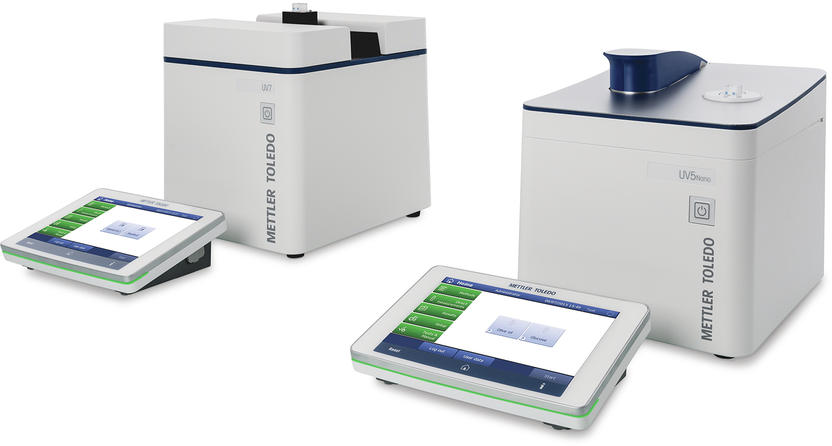
Innovation For Spectroscopic Instruments
Spectroscopy is the study of the interaction between matter and electromagnetic radiation. This type of study originated from light study through a prism, then the parameters were expanded to include any interaction with radiative energy as a function of its wavelength. Spectroscopic studies were central to the development of Quantum mechanics, allowing scientists to have a greater understanding of spectra and the unique characteristics of atoms.

Radiative Energy
Studies of radiative energy determine the type of radiative energy involved in an interaction. These types of radiative energy include,
- Electromagnetic radiation – Techniques are classified by the wavelength region of the spectrum and include microwave, infra-red, near infra-red, X-ray and gamma spectroscopy
- Particles – Both protons and electrons
- Radiated pressure waves – Acoustic spectroscopy
Indium Gallium Arsenide
Indium Gallium Arsenide (InGaAs) is usually the material used in infrared spectroscopy for studying light in the wavelength range of 0.9 to 1.7 microns. The InGaAs camera series provide the most optimised and compact research grade platform for spectroscopy applications. The vacuumed, Thermo-Electrically cooled sensors reach temperatures of – 90C, where the best signal to noise ratio can be achieved in this spectral region. Dark current will improve below-90C where black body radiation will dominate, while the sensor’s Quantum Efficiency (QE) will be impaired at this temperature, which leads to a lower signal to noise ratio.
The added benefits of InGaAs
- One can achieve a higher operating wavelength range, from 0.6 to 1.7µm.
- High detector sensitivity can be achieved with a peak QE of > 85%.
- Single window design which delivers maximum photon throughput
- Software selectable output amplifiers that allow the user a choice of High Dynamic Range (HDR) or High Sensitivity (HS) modes of operation
- TE cooling to -90C, which gives negligible dark current
- 25µm operating wavelength range
- Minimum exposure time of 1.4µs, which enables higher time resolution while minimising dark current contributions for applications with a reasonable signal level
- USB Plug and Play – There is no controller box. Both inputs and outputs have an external trigger with Fire and Shutter TTL readily accessible.
- Permanent vacuum integrity assures deep cooling and sensor performance
iDus Spectroscopy CCD
Andor has many vacuum CCD detectors in the field and have been at the forefront of CCD technology for many years now. Designed to give ultra-sensitivity and a high dynamic range, these detectors deliver the performance normally reserved for high-end spectroscopy.
Applications for InGaAs
The main applications for InGaAs are,
- Photoluminescence
- Raman Spectroscopy
- Laser Diode Characterization
- Fluorescence
Research into InGaAs material with high quantum efficiency and low dark current has revolutionised the development of spectroscopy camera systems, allowing for long exposure data acquisition.
Spectroscopic Instruments
The development of these highly sensitive devices has always been pioneered by Andor, who are the market leaders in high-resolution spectroscopy. The company provides high-level solutions for many scientific and industrial experiments, at an affordable cost. With their ongoing development, Andor looks to continue to lead the way in this specialised field for many years to come.


